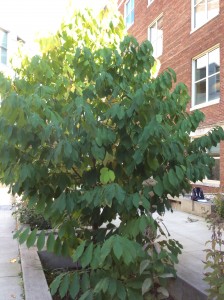
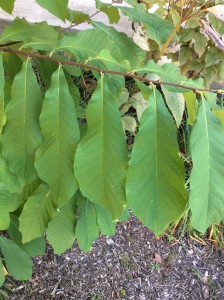


Asimina triloba
The characters that I used to recognize this species are large leaves with arcuate-pinnate-venation, light gray bark, and the overall plant was relatively small in height for a tree. I found this tree in the Jennings courtyard. The common name is the common pawpaw.
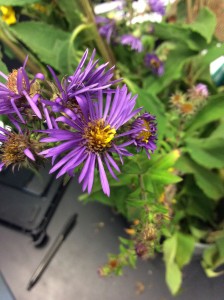
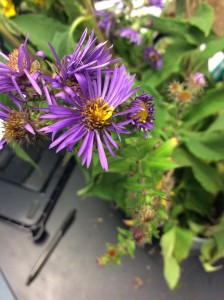
Aster nova-angliae
The characteristica I used to identify this plant were deep purple, linear leaves, a hairy stem, and a bright yellow center. This plant was conveniently found in our classroom. The common name is New England aster.
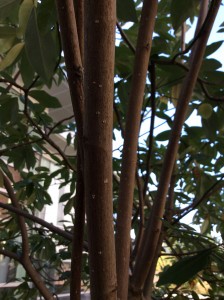
A plant with obvious lenticels
I found this tree in the Jennings courtyard, as well. The common name is the sweetbay magnolia, and the scientific name is Magnolia virginiana. Lenticels are pores within a trees “skin,” in this case bark (though apples can also have them, so I suppose it could be any outer covering) that allows for a direct exchange of gasses between the plant and the air.
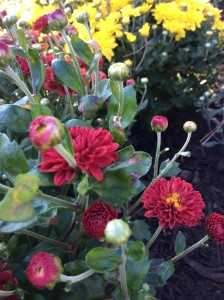

A plant that produces a hypanthium.
I found these in front of the Ohio State University Wexner Medical Center sign at Neil and 10th Avenue, just south of Newton Hall. The common name is chrysanthemum, and the scientific name is Chyrsanthemum sp. Hypanthiums are formed when sepals and petals are fused at base. You can see them really well on the closed flowers.


A plant from the Solanaceae family
My boyfriend procured these tomatoes from his garden for me in Columbus. Obviously they don’t have two carpals like they’re supposed to, so I am relying on the five sepals and the superior ovary. The scientific name for tomatoes is Solanum lycopersicum.

A plant from the Fabaceae family
These were also procured from a garden in Columbus. I used the fact that they are legumes to identify them. They have one carpal and a dehiscence. The common name are snap peas, and the scientific name is Pisum sativum.

A picture of Kori and a praying mantis.
Everyone comment and tell Kori how gorgeous she is because this picture is so adorable that it makes me want to puke rainbows.